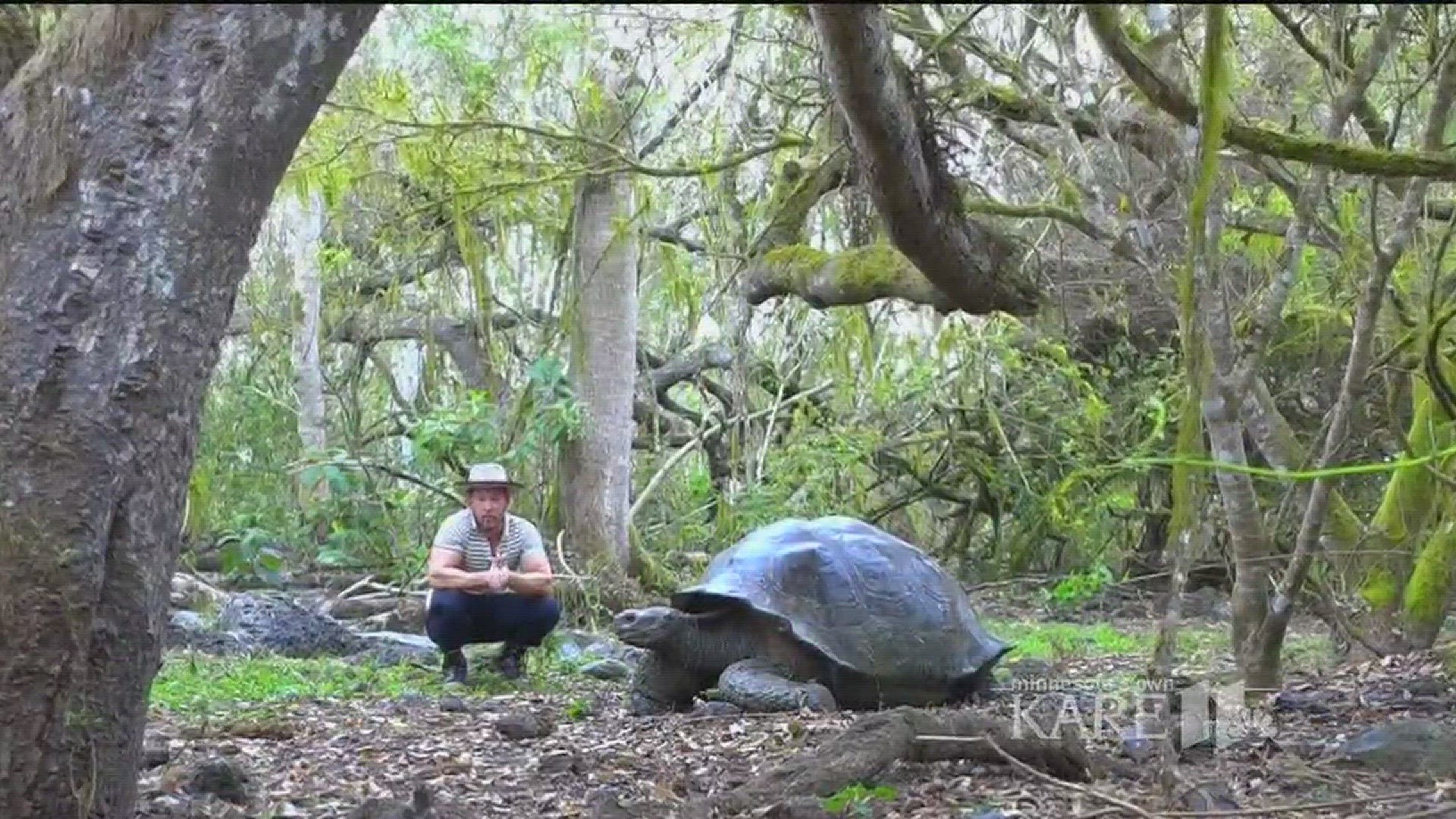We live in a fast paced world on an ever changing planet, but sometimes when things change too quickly, it doesn’t end well. Just ask the dinosaurs!
We’re in the sixth mass extinction on planet earth, but the ONLY one caused by us, human beings. We cut down forests, extract resources and over-develop land. Of course, we’re also changing earth’s climate faster than most plant and animal species can evolve and adapt. Animals like the orangutan and black rhino have become critically endangered in a very short period of time.
Islands bare the bulk of extinctions because there’s less room for error or movement. Some places are so isolated and remote that species there have evolved specifically to ONLY those places: islands like the Galapagos, which are almost 700 miles west of South America in the Pacific Ocean. Their location has created some very interesting creatures. It also means that invasive species and change that humans bring create a lot of trouble. The circumstances in the Galapagos are so unique that it reshaped the entire way we view biology and evolution thanks in part to Charles Darwin’s visit there on the Beagle Voyage of 1835.
The Galapagos sit directly on the equator but due to an ocean current called the Humboldt current, which brings cold, nutrient rich water from Antarctica, allowing for a more temperate climate and allowing the only penguin species at the equator and living the farthest north. The Galapagos have a high amount of what biologists call ‘Endemism’ which means plants and animals that are ONLY found there.

In fact, there are not just one species of giant tortoise but many on each island, each adapting to a specific environment. The Galapagos tortoise for example, probably floated on debris from mainland Ecuador over long periods of time, in several cases. With no predators and abundant food the tortoise became huge over time. Marine iguanas, are the only lizard that can swim & dive in the ocean- parting ways with their land based cousins over time.
Animals like the tortoise though, never faced the threats that we have recently delivered: a simple creature like the rat, unwittigly transported on ships, have taken over many islands and they eat the eggs of tortoise, birds, and marine iguanas. Friday on KARE 11 Sunrise we will explore part two of the Galapagos, and tell you how our very own University of Minnesota’s Raptor Center has been helping to save species thousands of miles away.

